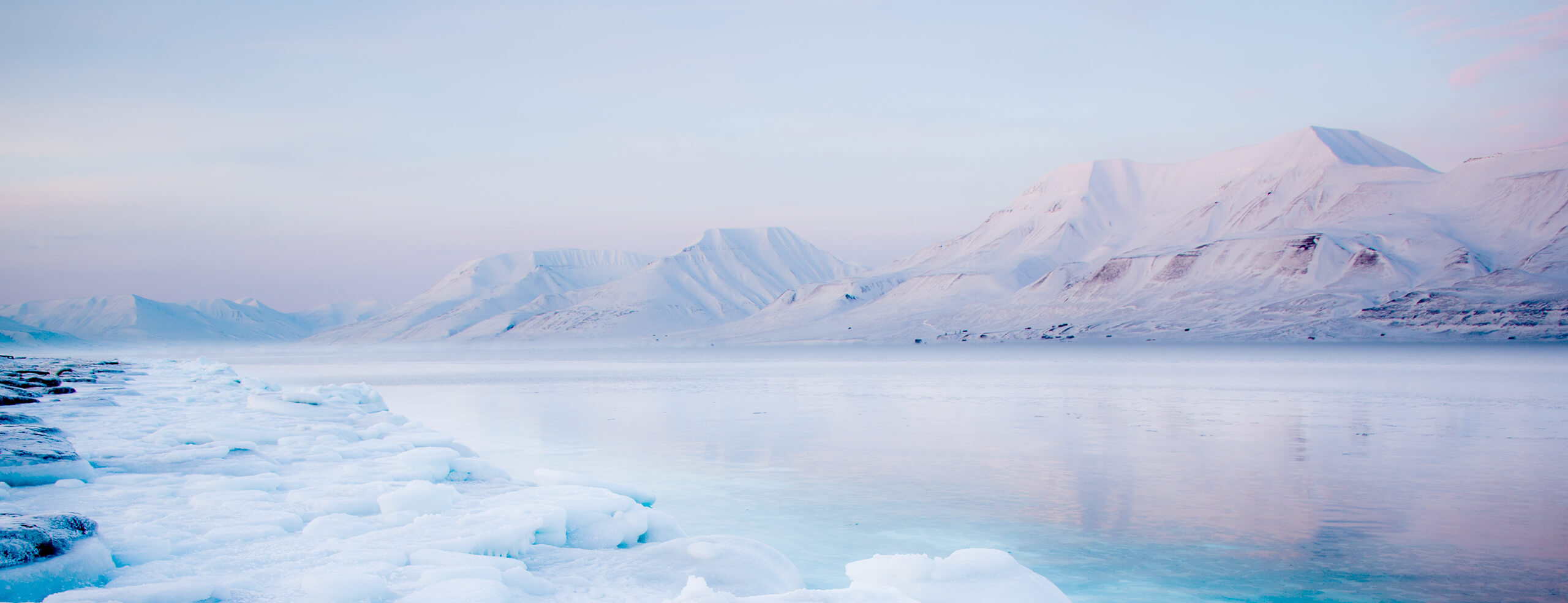2.2 Innovative optical systems to track winter life in the cryosphere
Principal Investigators
Co-Investigators
Martin Bernier, Steeve Côté, Florent Dominé, Tigran Galstian, Sophie Larochelle, Xavier Maldague, Simon Thibault, Warwick Vincent
Collaborator
Collaborators outside U. Laval
Laurent Arnaud, Pascal Hagenmuller, Ghislain Picard (France); Dominique Berteaux, Dany Dumont (UQAR); Christian Dussault (MFFP); Alexandre Langlois (U. of Sherbrooke); Rolf Ims, Nigel Yoccoz (UiT Norway)
Project summary
Winter has been traditionally considered a «dormant» period for life in the Arctic but events occurring in winter can still play a vital role for living organisms. Changes in the condition of the snow, a universal defining feature of winter at high latitudes, and its effects on transmission of light have cascading effects on organisms living in the North and affect ecosystem services. However, our knowledge of those processes is minimal due to the difficulty of studying this environment in winter and represents an emerging great frontier of Arctic science. Our project will use recent developments in optical systems to study arctic ecosystems in winter. Our overall objective is to develop and apply new optic-based technologies under the harsh arctic conditions to improve our understanding of snow properties and their impacts on living organisms. We propose to:
1) develop novel optical technologies to measure in situ key snow properties,
2) develop new optical tools to track the activity of small animals living under the snow
3) use large moving animals equipped with optical devices to monitor snow and environmental conditions and
4) develop optical systems to measure light transmission and biological processes in the water column under the ice.
Our project will lead to scientific and technological breakthroughs in our understanding of arctic ecosystems during winter. For this project, we will develop instruments using innovative technologies (e.g. resistance to cold, ability to operate under low light intensity, low energy consumption) that are bound to find many applications beyond this project. A close collaboration among researchers with unique expertise in disciplines as diverse as biology, chemistry, photonic and electrical engineering is essential to achieve our goals. This project will provide a unique training environment for graduate students by combining diverse expertise in the laboratory and in the field in the Arctic.

